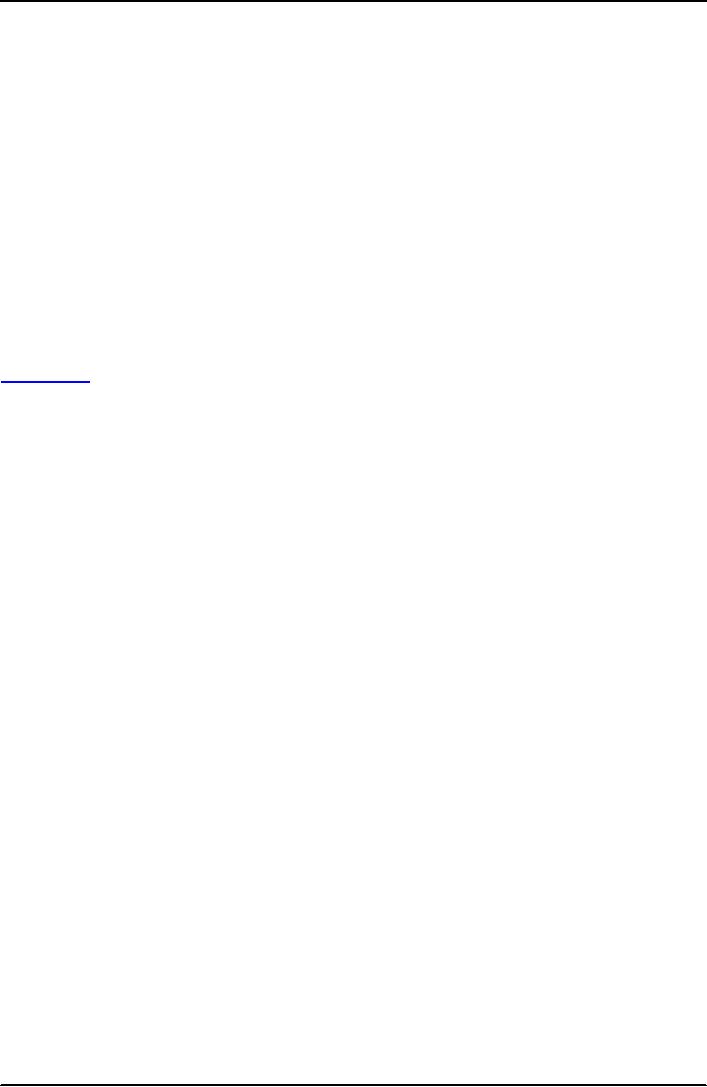 |
“WORLD TRADE ORGANIZATION (WTO)” |
| << THE GLOBALIZATION: THREATS AND RESPONSES – PART-2” |
| “THE EUROPEAN UNION”:The social dimension, Employment Policy >> |

Globalization
of Media MCM404
VU
Lesson
28
"WORLD
TRADE ORGANIZATION
(WTO)"
Note:
The World Trade Organization (WTO)
has become an extremely controversial
name. For many,
the
name
has come to symbolize the
biased, unjust manner in which the
big and powerful nations force
smaller
and
weaker nations into accepting
one sided decisions, terms
and quotas affecting trade,
jobs, exports and
income
levels of hundreds of millions of people
in developing countries.
On
the other hand, WTO is also
recognized as the first successful
attempt by nations of different sizes
and
types
being able to work together to enforce a
system of global trade that is
acceptable and practical for
all
members
of WTO, a level of acceptability which is
difficult to achieve. The fact
that the vast majority
of
nation
states in the world have
already become members of
WTO or want to become members is
cited as
proof
that, despite the criticism, WTO brings
medium and short-term benefits to most,
if not all nations.
Students
are advised to search the
Internet for a wide range of
different opinions about WTO. At the
same
time,
to obtain a reasonably balanced
understanding of the background from which
WTO has emerged
and
to
note its advantages and
positive features, the text of this
handout is excerpted from the
book titled: "The
Role
of the World Trade Organization in Global
Governance", edited by Gary P. Sampson,
published by
United
Nations University Press,
Tokyo, New York, Paris,
2001. E-mail: sales@hq.unu.edu,
website:
www.unu.edu.
This
handout is taken from the
chapter titled: "overview" by
Gary P. Sampson, Professor of
International
Economic
Governance, Institute of Advanced Studies,
United Nations
University.
85
Table of Contents:
- THE UNIQUE NATURE OF THE PAKISTANI NATION-STATE
- “PAKISTAN: THE FIRST 11 YEARS 1947-1958” PART 1
- “PAKISTAN: THE FIRST 11 YEARS 1947-1958”PART-2
- ROOTS OF CHAOS: TINY ACTS OR GIANT MIS-STEPS?
- “FROM NEW HOPES TO SHATTERED DREAMS: 1958-1971”
- “RENEWING PAKISTAN: 1971-2005” PART-I: 1971-1988
- RENEWING PAKISTAN: PART II 1971-2005 (1988-2005)
- THE CONSTITUTION OF PAKISTAN, PARTS I & II
- THE CONSTITUTION OF PAKISTAN, PARTS I & II:Changing the Constitution
- THE POLITICAL SYSTEM OF PAKISTAN:Senate Polls: Secrecy Breeds Distortion
- THE ELECTION COMMISSION OF PAKISTAN:A new role for the Election Commission
- “POLITICAL GROUPINGS AND ALLIANCES: ISSUES AND PERSPECTIVES”
- THE LEGISLATIVE PROCESS AND INTEREST GROUPS
- “THE POPULATION, EDUCATION AND ECONOMIC DIMENSIONS OF PAKISTAN”
- THE NATIONAL ENVIRONMENT POLICY 2005:Environment and Housing
- NATIONAL ENVIRONMENTAL POLICY 2005:The National Policy, Sectoral Guidelines
- THE CHILDREN OF PAKISTAN:Law Reforms, National Plan of Action
- “THE HEALTH SECTOR OF PAKISTAN”
- NGOS AND DEVELOPMENT
- “THE INFORMATION SECTOR OF PAKISTAN”
- MEDIA AS ELEMENTS OF NATIONAL POWER:Directions of National Security
- ONE GLOBE: MANY WORLDS
- “THE UNITED NATIONS” PART-1
- “THE UNITED NATIONS” PART-2
- “MILLENNIUM DEVELOPMENT GOALS (MDGS)”:Excerpt
- “THE GLOBALIZATION: THREATS AND RESPONSES – PART-1”:The Services of Nature
- THE GLOBALIZATION: THREATS AND RESPONSES – PART-2”
- “WORLD TRADE ORGANIZATION (WTO)”
- “THE EUROPEAN UNION”:The social dimension, Employment Policy
- “REGIONAL PACTS”:North America’s Second Decade, Mind the gap
- “OIC: ORGANIZATION OF THE ISLAMIC CONFERENCE”
- “FROM SOUTH ASIA TO SAARC”:Update
- “THE PAKISTAN-INDIA RELATIONSHIP”
- “DIMENSIONS OF TERRORISM”
- FROM VIOLENT CONFLICT TO PEACEFUL CO-EXISTENCE
- “OIL AND BEYOND”
- “PAKISTAN’S FOREIGN POLICY”
- “EMERGING TRENDS IN INTERNATIONAL AFFAIRS”
- “GLOBALIZATION OF MEDIA”
- “GLOBALIZATION AND INDIGENIZATION OF MEDIA”
- “BALANCING PUBLIC INTERESTS AND COMMERCIAL INTERESTS”
- “CITIZENS’ MEDIA AND CITIZENS’ MEDIA DIALOGUE”
- “CITIZENS’ MEDIA RIGHTS AND RESPONSIBILITIES”Exclusive Membership
- “CITIZENS’ PARTICIPATION IN PUBLIC SERVICE BROADCASTING”:Forming a Group
- “MEDIA IN THE 21ST CENTURY”